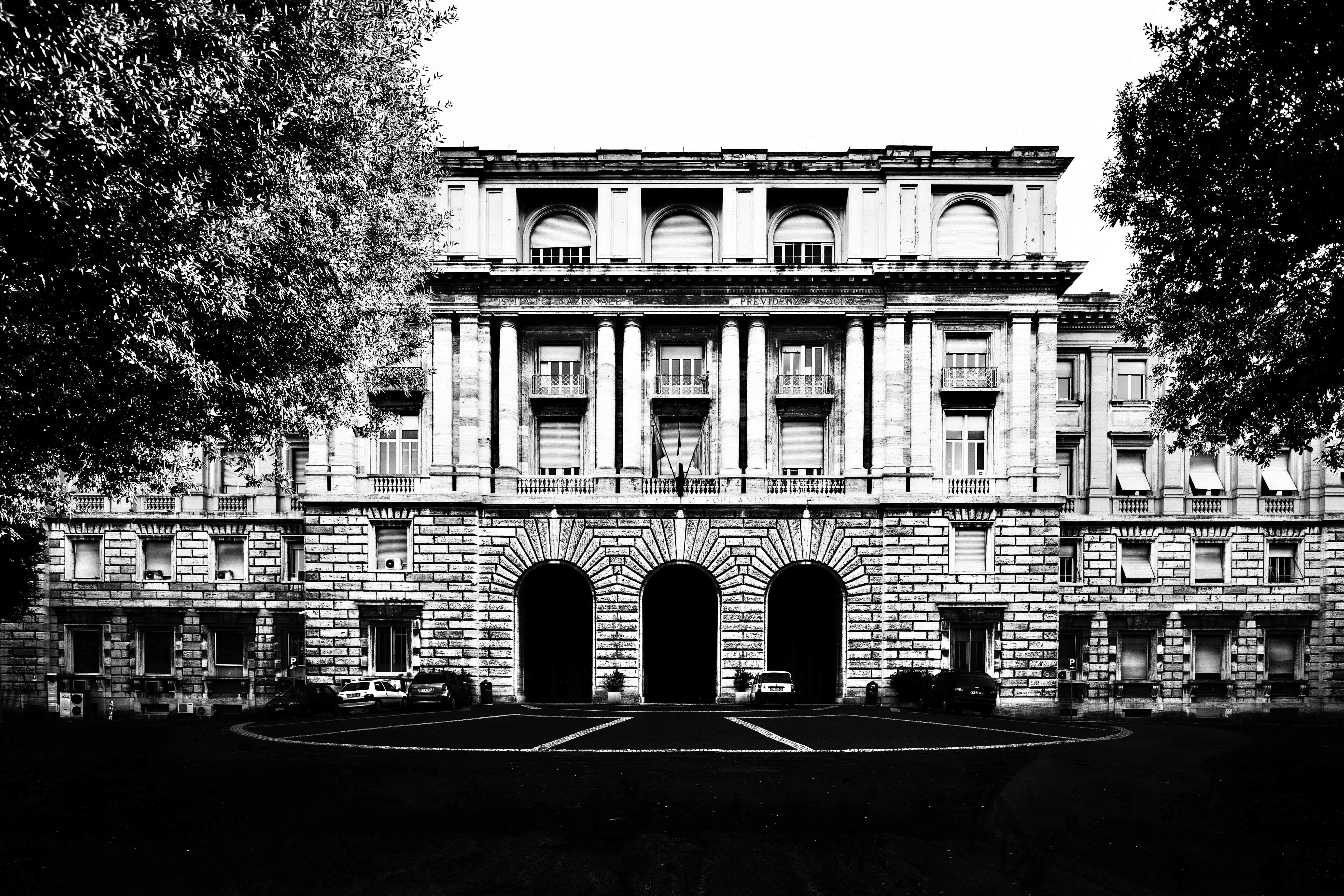THE HOSPITAL CARLO FORLANINI: from Paradise of patients to Hell of homeless people

It was the beginning of the thirties when the city of Rome decided to build a hospital in the Monteverde area for housing and care of people who were suffering from tuberculosis.
The complex occupied a green area of 280,000 squares meters, completely full of tall trees.
The construction ended with the inauguration of the structure on the 10th of December 1934.
Much of the stone used for the construction was extracted from a quarry which was opened in the same site, probably enlarging an existing one.
In this way it was possible to have an extended underground of 7000 square meters, in which there were left large rock pillars to ensure its stability.
It was inside the large space of this quarry that, thanks to a constant temperature of about 13 degrees throughout the year, it was possible to get a storehouse for food, in addition to a tank for wine and oil.
Not less important, the ground water was drinking-water and was used for hospital needs.
During the Second World War, the quarry offered refuge to the patients and the hospital staff, and even to the inhabitants of the area.
The complex was designed with the intention of making a kind of earthly paradise where quality air and plenty of food would have allowed, as they used to believe in that period, the healing of patients.
In fact it was chosen an optimal position that could allow the presence of rare species of plants which had to guarantee to the patients air with miraculous powers.
It was obtained, finally, an extremely functional architectural structure: thanks to a correct exposure to the southeast as well as a floor plan with a horseshoe shape, they guaranteed a large amount of air and light in a dry and ventilated area, getting a good weelness in terms of temperature and humidity.
So widehuge are the spaces dedicated to the patients, rooms with high ceilings and wide balconies that allow the communication between every single room on the same floor.
On the terraces, then, the patients could rest on a deckchair and recover forces thanks to a radio with earphones personal system.
Today, unfortunately, very little survives of the ancient glories: it remains the feeling of being inside a complex that has only a little bit in common with a hospital building; it is, however, an organism which is still pulsing but even slowly dying.
So deep are the scars that the factory can show today on its body: structural failure and only few of them were repaired; huge pavilions turned into shelters for passing pigeons, themselves become witnesses of a piece of roman history which unfortunately is slowly dissolving.
